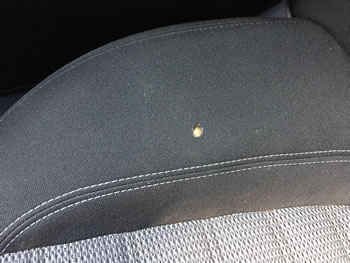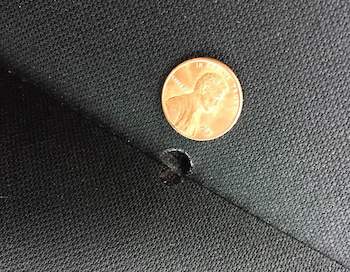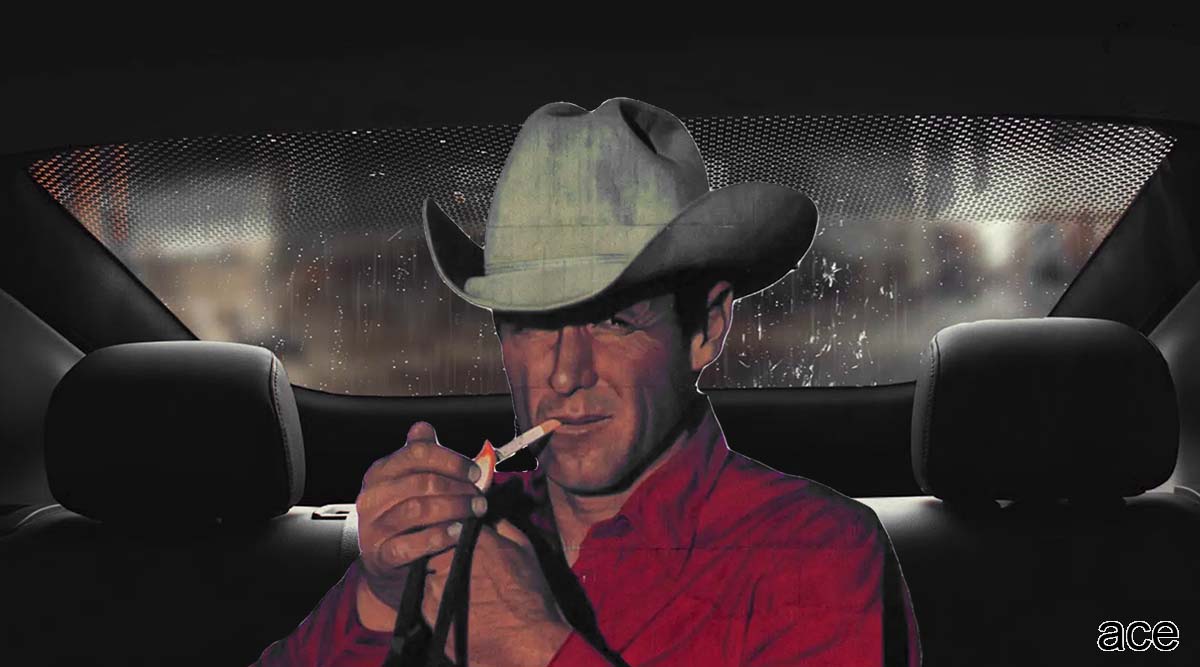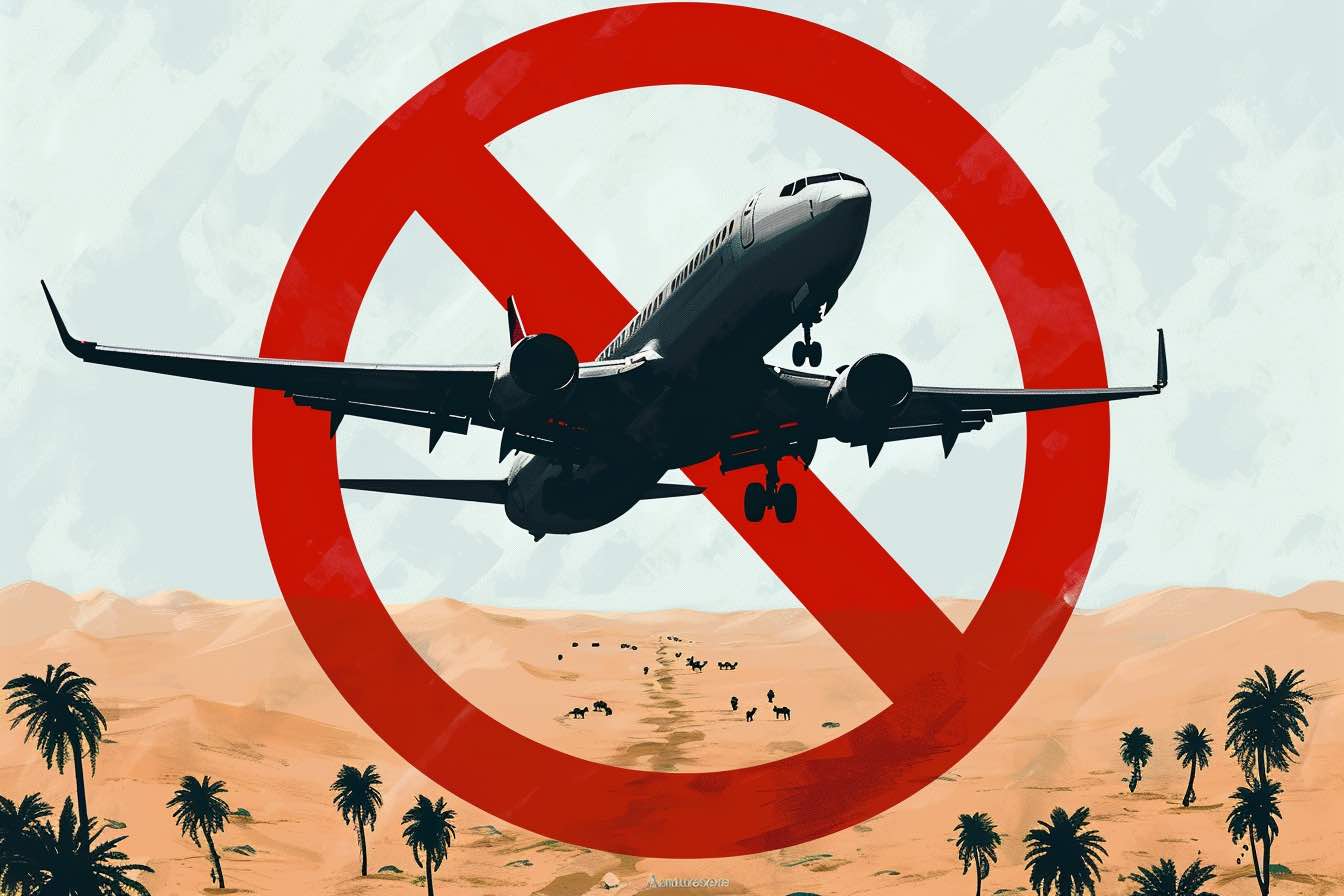Can a ridesharing service charge you for damage to a car even if you’re not responsible? Just ask LeeAnn Hicks, who recently hailed a Lyft in New York. A few hours later, Lyft charged her credit card $150 for “cigarette burns” in the car seat.
“I did not cause the damage,” Hicks fumed.
Hicks couldn’t have caused the damage because she doesn’t smoke. But none of that seemed to matter to Lyft, which insisted on charging the $150 damage fee.
Is this a scam? Can rideshare companies like Lyft and Uber arbitrarily charge your credit card without your permission or asking for your side of the story? And how do you fight an frivolous damage fee?
Why Lyft charged her an extra $150
The circumstances surrounding Hicks’ Lyft ride are a little odd. At 1:15 a.m. on June 21, Hicks hailed a ride in New York, according to the company’s records.
At 5 a.m., a Lyft representative emailed her with the following notice:
I’m reaching out about one of your most recent rides with Lyft. At this time, your driver specifically identified you as the requesting passenger for a ride during which cigarette burned the seat [sic] occurred.
We’ve attached photos of the damage provided by your driver for your review. The driver also provided anecdotal evidence of the situation.
Per our terms of service, we charge a damage fee to help drivers repair, remediate, or clean affected areas of their vehicle.
Lyft also enclosed two low-resolution photos of the alleged damage.


“I did not cause any damage to your vehicle”
Hicks was outraged. In her mind, the Lyft ride was routine. And she hadn’t burned a hole in the car seat because she doesn’t smoke.
She asked for the report her driver had filed.
To which a Lyft representative responded, “I totally understand where you are coming from. However, we’ve already reviewed this case and in this instance, no adjustments will be made to this claim.”
Hicks appealed, asking for a call from Lyft.
“I did not cause any damage to your vehicle,” she wrote.
So Hicks blocked Lyft from making any additional charges to her credit card, which prevented it from making an $80 charge. That triggered a warning email.
“To continue using Lyft, please update your payment information in the app to settle your balance,” it said.
In other words, pay us the rest of the money we say you owe, or you’ll be blacklisted from Lyft.
But Lyft reviewed her case another time. Presumably, that meant a representative read the driver’s report that they would not share with Hicks and looked at the photos.
That prompted a final rejection:
Thanks for the follow-up however, as per our Terms of Service, we charge a damage fee to help drivers repair and clean affected areas of their vehicle, once drivers provide evidence.
We re-opened your case and after extensive review of the information provided by both you and the driver, no adjustments will be made to this claim.
Reading the paper trail between Hicks and Lyft is infuriating. It feels like Lyft had already made up its mind. It wouldn’t share the evidence of her alleged wrongdoing and kept sending her canned responses.
“I have never experienced where a company can just take your money without justified proof,” she says.
How could she have avoided this? And was there a way out?
What do Lyft and Uber charge for damage?
Both major ridesharing companies have policies that allow them to charge your credit card for damages, real or perceived.
Uber charges riders an “inconvenience fee” of up to $250 based on the extent and nature of the damage.
According to Uber, the damage fee depends on the type and size of the mess. It bases its numbers on nationwide averages of professional cleaning services.
Here are the current fee amounts:
- $20 for small amounts of liquid spills inside the car such as drops of coffee, grease from food, other drinks excluding water, sand or dirt on floor mats.
- $40 for a “significant mess” which can include bodily fluids like vomit, paint, or extensive sticky or staining liquid messes excluding water, gum and other sticky materials outside the vehicle which requires an exterior car wash.
- $80 for “significant liquid messes” including coffee, greasy food, drinks excluding water, or gum and other sticky materials inside the vehicle that require steam cleaning and special products.
- $150 for “extensive liquid and smelly messes” inside the vehicle including bodily fluids that require detail and/or steam cleaning, as well as airing and/or drying for long periods of time.
Lyft has a sliding scale of damage:
- $20 for “minor” damage such as mud, dirt, or animal fur in the car.
- $30 for “moderate” damage such as food, drink, or biowaste outside of the car.
- $80 for “moderate” damage such as liquid, biowaste or bodily fluids in the vehicle.
- $150 for “major” damage like biowaste all over the car or physical damage to fixtures inside or outside of the car.
It also specifies what it won’t cover:
- Cleaning up food wrappers or empty water bottles.
- Unpleasant smells left behind by a passenger.
- Wear and tear on the vehicle.
- Time spent cleaning the car.
- Time spent not driving because of damage.
What’s the damage reporting process?
The ridesharing companies have forms on their sites where drivers can report damage to their vehicles.
Lyft has rigorous reporting requirements:
- Submitting a written report before accepting another ride. They must file it within two hours of the ride.
- They have to note the passenger or ride in which the damage occurred, including the time and date.
- They have to take at least two clear photos of the damage.
- They also must report any details about how the damage happened.
Failure to meet any of these requirements means Lyft might deny the claim.
Uber requires several items for a successful damage claim:
- A detailed description of the incident that resulted in vehicle damage.
- Three photos of the damage taken from different angles within three business days of the trip.
- A professional repair estimate and receipt within five business days of contacting support.
The estimate and receipt must have several details, including the name and contact information for the shop, the date of the estimate or service, and the year, make, and model of the vehicle. In other words, an Uber driver can’t ask Dad to clean the car and then send the “bill” to the company.
The rest of the damage claim appeals process is a black box.
How do I dispute a damage fee on Lyft or Uber?
We’ve mediated several of these claims here at Elliott Advocacy. Although the companies don’t release any information on the claim and appeal process, here’s what we believe:
Drivers report damage to their vehicles through a webform on the site. We believe ridesharing companies review these cases manually, although there’s some evidence of automation and artificial intelligence. Unlike the dispute process for refunds or missed rides, the damage claims process unfolds over several hours, as opposed to days.
A company representative then determines the value of the claim and whether it’s valid.
Lyft and Uber then notify the customer of the charge, usually by email. You can also appeal the process through the ridesharing app. For instance, on the Uber app, there’s an option to initiate a dispute by clicking on the trip with the damage claim. And on the Lyft app, you can tap “Get Help” and “Request a Review” for information on how to dispute the fee.
But from there, things get murky. There’s evidence that an internal appeals process exists. In other words, if you have a claim that you believe is invalid, Lyft or Uber will forward it to a manager for review.
The process itself is opaque. Passengers don’t get access to any documentation that supports the claim. For example, Hicks requested the driver’s report. Lyft didn’t even acknowledge her request, and it provided no additional evidence.
There’s no Lyft or Uber ombudsman to whom you can appeal your case. The current damage claim process essentially allows ridesharing companies to be judge, jury and executioner.
When Lyft or Uber say you’ve damaged one of their drivers’ cars, that’s usually it. You have no choice but to pay.
What happens if you don’t pay Lyft or Uber’s damage fee?
The ridesharing companies don’t publicly say what happens when a customer disputes a damage claim. But based on our cases, we have a pretty good idea. If Lyft or Uber rejects your dispute, the system automatically blacklists you from the ridesharing service until you pay the full amount of your cleaning bill.
This kind of auto-blacklisting shows the power and arrogance of ridesharing companies. They have no problem ending a relationship with a customer over a $20 claim for minor damage, and they routinely do. Good luck finding a rideshare to the airport. I have more on this problem — and how to solve it — in my ultimate passenger guide to Lyft, Uber and ridesharing.
What is the ridesharing vomit scam?
The problem with the system is that ridesharing companies are accountable to no one. And that has led to some mischief — and, one might even say, scams — among rideshare drivers. Some say the rideshare companies are accomplices in this scheme.
For the last several years, rideshare drivers have filed frequent (and sometimes frivolous) claims against riders. The most common scenario is a rideshare driver who accuses a passenger of vomiting in the car.
There have been news reports of passengers wrongfully accused of puking in a Lyft or Uber. Usually, the rideshare company backs down when a consumer advocate calls or a customer threatens to take it to court.
Rideshare drivers have a different take on damage fees. In one 2017 blog post, a rideshare driver admitted he wanted more barf-prone passengers and suggested the claims could be profitable.
“Last year, I made over $1,100 in cleaning fees,” he wrote, adding, “that means I increased my take-home pay by over 10 percent just by being ready for pukers.”
Do I really have to pay $150 for these cigarette burns?
The case against Hicks had a few holes in it.
For starters, her driver had submitted three photos to Lyft. Two of them were identical. Had this been an Uber case, that wouldn’t have been enough.
On closer inspection, the photos also didn’t appear to show the same damage or even the same seat. (Notice the location of the seam of the first and second photo.)
And finally, the metadata for the photos was missing. That data would have shown when, where and by whom the photo was taken. Missing metadata makes it much harder to prove that’s the same car seat in which Hicks sat.
There’s also something wrong with the narrative. If a Lyft driver picks me up at 1 a.m. in New York and I light up a cigarette, what will happen? The driver will pull over and ask me to exit. (Related: Why did Lyft reject my credit card?)
So I asked Hicks point blank:
Me: I have to ask you, do you smoke? Did you smoke in the car?
Hicks: I do not smoke. I did not smoke in the car.
I was also unhappy with the way Lyft handled this dispute. It refused to share the written complaint with Hicks or with me. Had it done so, we might have understood the circumstances of this damage claim.
But add it all up — the inconsistency of the images, the missing metadata, no written report — and it certainly looked like this was an invalid damage claim.
How to protect yourself from a ridesharing damage claim
Could this ridesharing fiasco have been prevented? Maybe. Here are a few strategies:
Read the ratings for your driver
You can’t screen an Uber or Lyft rider based on their ratings. But once you hail a rideshare vehicle, you can see the driver’s rating. If you’re uncomfortable with the rating, you can cancel the ride. Make sure you do that soon after hailing the rideshare so you don’t waste the driver’s time. For example, Uber may try to charge you for rides canceled at the last minute.
Don’t eat, drink or smoke in your ride
Anything that could potentially cause damage to a car — don’t do it. Some things, like getting into a car with muddy shoes on a rainy day, may be unavoidable. But you can eat that tuna sandwich after you’ve reached your destination. A bottle of water might be OK, but stay away from sweet sodas or alcoholic beverages that might stain the upholstery. It’s not just good manners. A sudden stop can send that red wine spilling on the white seats. That’s definitely going to be a damage claim.
Take a picture of the car and your seat
“Before” and “after” photos are essential for rental cars and vacation homes. But they are also now necessary for cars. It’s best to mention your intention to the driver. That puts the driver on notice that you are recording the car’s condition before your ride and may deter the driver from filing a frivolous damage claim. Be thorough. Take images of the floor mats, the seat cushions and the front seats — any areas that could potentially become future claims.
Report any damage to your driver immediately
If you see a tear in the upholstery or a stain, let the driver know as soon as possible. You’ll have an opportunity to ask if the damage was pre-existing and find out if the driver intends to file a damage claim. You might be able to settle the claim without getting Lyft or Uber involved.
Note: If you had an accident in your Lyft or Uber, please do not use these strategies to get out of paying for the cleaning. Own up to it — and pay up.
What to do if you’re falsely accused of damaging a car
If a ridesharing company falsely accuses you of damaging a car, don’t worry. I’ve conducted an extensive review of rideshare damage claims, and it appears this is a scam run by amateurs. They file quick claims for $20 with flimsy evidence that you can easily debunk. Rideshare companies often fold when confronted with questions about these poorly documented claims.
Here’s what to do:
Keep a meticulous paper trail
Retain all text messages and emails between you and the rideshare company. You may need it later if you have to appeal to an executive — or go to court.
Review the photos carefully
As with Hicks’ case, the evidence in these cases is often lacking. Photos don’t have metadata or show the wrong side of the car or a different car. Clearly, this is a rideshare driver trying to make a quick buck and hoping you aren’t paying attention.
Present your case concisely and politely
The ridesharing company should give you a chance to present your side of the story. At this point, you can note any inconsistencies in the claim. Show any photos that you may have taken. Offer your side of the story, but stick to the facts. Avoid saying things like, “I’m scarred for life after my last Uber ride.” That kind of hyperbole will undermine your argument.
Appeal to an executive
If Lyft or Uber denies your appeal, take it to the next level. I list the names, numbers and email addresses of the Lyft executives on this site. I also publish the Uber executives. A brief, polite email to one of them with the paper trail and your notes might persuade them to drop the claim.
Take your case to social media — or to us
We have several cases where gentle social media pressure, mostly on Twitter, made a false claim go away. It’s worth a try, but I recommend staying polite and professional. ALL UPPERCASE or threatening messages have a way of getting filtered out or just ignored. You can also ask us for help. Here’s how to contact us.
I contacted Lyft on your Hicks’ behalf.
“After a thorough investigation into the claim, we found that the description of the events did not warrant enough proof that the passenger created the damage, so we elected to refund the damage fee,” a Lyft spokeswoman told me.
Lyft dropped its claim against Hicks.
About the art
When artist Aren Elliott saw a draft of this story, he immediately imagined the Marlboro Man hitching a Lyft ride in 2022. “Mind if I smoke?” he’d say. Now that would be a damage claim.




